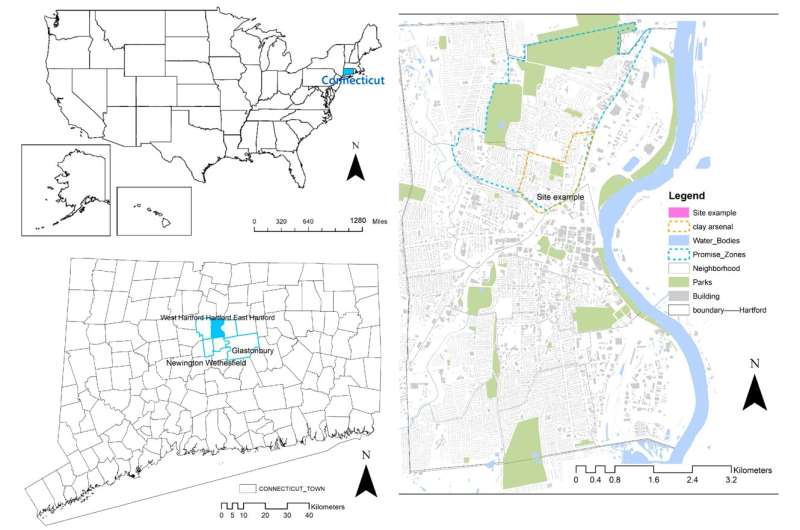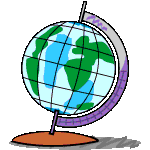- 0 replies
- 712 views
- Add Reply
- 0 replies
- 442 views
- Add Reply
- 0 replies
- 932 views
- Add Reply
- 0 replies
- 699 views
- Add Reply
- 0 replies
- 1,257 views
- Add Reply
Earth Observing Satellites Online Compendium

By Lurker,
The Joint Agency Commercial Imagery Evaluation (JACIE) Earth Observing Satellites Online Compendium contains details about past, present and future Earth observing satellites and the sensors they carry.
Derived from print versions of Compendiums published in 2019, 2020, and 2022, this resource has been developed and is managed by the Requirements, Capabilities and Analysis for Earth Observation (RCA-EO) team at the USGS Earth Resources Observation and Science (EROS) Center in Sioux Falls,
GRIT remaps the world's rivers, branching into the unknown to aid global flood modeling

By Lurker,


The most comprehensive map of the world's rivers has been constructed by a group of academics at the University of Oxford. This map represents a significant step forward in terms of flood forecasting, climate risk planning, and water resource management in a world that is warming.
The new research, which was published in the journal Water Resources Research, features the introduction of GRIT, a mapping method that ultimately demonstrates how rivers actually flow, branch, and connect landsc
A breakthrough in high-speed, eye-safe LIDAR is made possible by heavy-metal-free quantum dots

By Lurker,
There are many different frequencies of light that reach Earth, some of which are visible to us and others of which are not. Because of its special characteristics, shortwave infrared (SWIR) stands out among these frequencies and is very helpful for Light Detection and Ranging (LIDAR) systems.
Like SONAR, which utilizes sound waves to determine distances, LIDAR employs laser pulses.
The danger of SWIR waves is that they do not reach the retina through the cornea and lens of the huma
Researchers develop holistic tool to help plan urban vacant lots

By Lurker,


Vacant lots, though overlooked or seen as eyesores by many, represent opportunities.
UConn College of Agriculture, Health and Natural Resources doctoral researcher Pan Zhang and Assistant Professor Sohyun Park, both in the Department of Plant Science and Landscape Architecture, have created a framework to help cities and community members assess and prioritize which lots will have the biggest impact—for everyone—if they are repurposed. Their research is published in the journal Sustainabili
Multi-frequency microwave model advances land surface monitoring

By Lurker,


A new study introduces the Community Land Active Passive Microwave Radiative Transfer Modeling platform (CLAP)—a unified multi-frequency microwave scattering and emission model designed to revolutionize land surface monitoring. This cutting-edge platform combines active and passive microwave signals to offer potentially accurate simulations of soil moisture and vegetation conditions.
By incorporating advanced interaction models for soil and vegetation, CLAP has the potential to address key
-
Forum Statistics
8.8k
Total Topics43.5k
Total Posts



